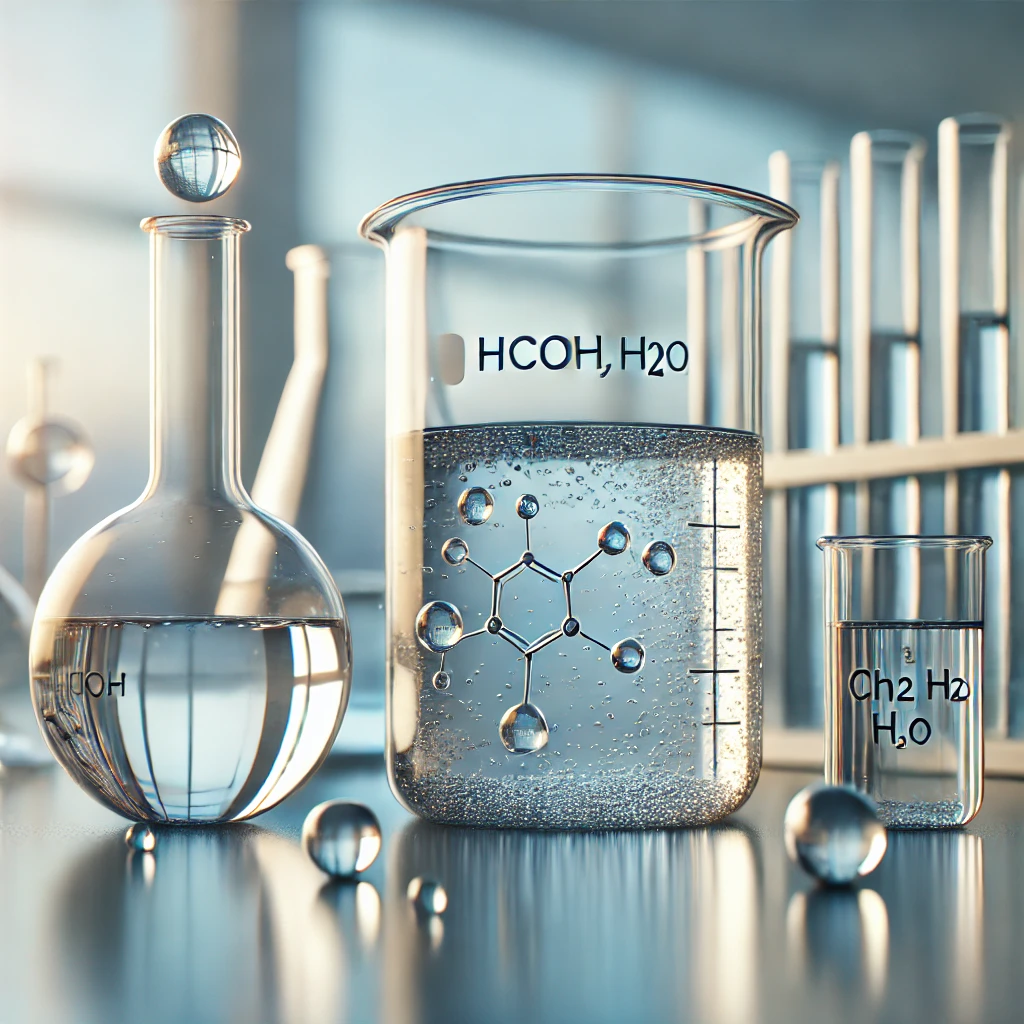HCOOH and CH2 H2O: How to Use them with Simplified Chemistry.
 Posted On
Posted On
Two major organics are formic acid (HCOOH) and formaldehyde (HCOOH and CH2 H2O) which has different purposes and applications. They’re worth looking for by the way they chemistry and their role in daily life, industry and ecology. This guide breaks down their properties, differences, and uses to make the compounds palatable for those who are looking for them.
What is HCOOH? An Introduction to Formic Acid
The most basic carboxylic acid is HCOOH, or formic acid. Nature provides it naturally, and in ants and stinging nettles is often released to protect itself. Formic acid is used industrially in textiles, agriculture and as a preservative.
Chemical Formula and Shape of HCOOH.
With the chemical symbol HCOOH, you have one carbon atom, two oxygen atoms and two hydrogen atoms. It’s made from a carboxylic group (-COOH) bound to a hydrogen atom. This naive structure is why it is acidic and reactive.
Applications of Formic Acid
Formic acid is used as a preservative and antibacterial in feed. It’s also a producer of leather goods and dyes fabrics. It is also a reducing chemical, so its applications are versatile.
What is CH2O? An Overview of Formaldehyde
CH2O or formaldehyde is the most basic aldehyde. It’s a yellowish gas with a strong odour, used mainly as a precursor to resins and plastics. Formaldehyde is also used as a disinfectant and preservative.
Chemical Analysis and Molecular Forming of CH2O
The carbon atom of CH2O is double-bonded to oxygen and single-bonded to two hydrogen atoms. This aldehydic group defines its chemical reactivity, which is what makes it a good intermediate in many reactions.
Uses of Formaldehyde
From building materials to biological samples, formaldehyde is used for everything from building and cosmetics. It’s also a big part of urea-formaldehyde resins, plywood, and insulation products. It is antibacterial too, which is good for sanitizing.
Differences Between HCOOH and CH2O
HCOOH and CH2O have very similar molecular shape, but their functional groups and chemicals are quite different. Formic acid is an acid because of the carboxylic group, while formaldehyde is an aldehyde because it is reactive with polymers. They are also distinct in their uses.
Environmental and Health Impacts
Both HCOOH and CH2O are environmental and health threatening. Formic acid is not dangerous and easily metabolised, but when applied in excess it can be irritating. Formaldehyde, on the other hand, is a known carcinogen, so be careful and ventilate well before using it.
Conclusion: Understanding the Basics
As easy as HCOOH and CH2O are, they’re industrially and practicalally significant. You can also appreciate their use and properties, by knowing what they are for in the world of human affairs and industry. The better you understand how to handle them safely and whether they are safe, the more useful they will be.
FAQs About HCOOH and CH2O
1. What are the main uses of formic acid?
Formic acid is used in agriculture, leather-making and in animal feed as a preservative.
2. Is formaldehyde harmful to humans?
In fact, formaldehyde exposures are toxic — they can be harmful, from breathing problems to cancer.
3. Is formic acid a disinfectant?
Sure, formic acid is not as strong of a disinfectant as formaldehyde.
4. How to make Formic Acid at home :Where to get Formic Acid at home?
The natural source of formic acid is ant venom and some plants, such as stinging nettles.
5. How is formaldehyde commonly stored?
Formaldehyde is generally kept safely and easily handled in water solutions known as formalin.


